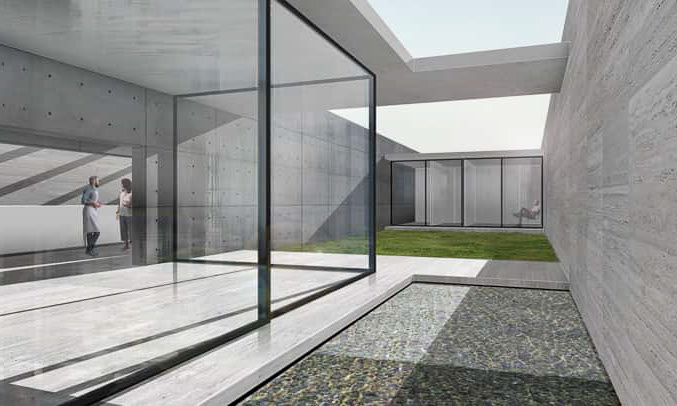


The concept of this pavilion derives from the definition ‘antithesis’. In other words, the concept connects the direct opposites; to see and to be seen. A type of visual perception that allows an individual to interpret information from the effects of visible light reaching the eye. The iris determines, like the aperture in a camera, the illumination of this image. Mostly this aperture consists of triangular shaped plates, which in the design forms the starting point for the overall appearance and is, due to its constructive properties, used as a repetitive element within the lattice structure. Even though it is concerning two opposing concepts of visual perception, they can occur simultaneously in one event; when one sees a person, this person is being seen. This event is represented by a continuous surface that is folded in multiple directions.
The opposing concepts are being translated into tangible spaces in which ‘to be seen’ will be more introverted; this area is relatively small and dark. The increasingly important role of technology in our perception will fulfil a major role in this area. Cameras with face recognition read the visitors’ state of mind and uses a linked database to project this emotion onto textile walls with interwoven led lights. The other area ‘to see’ is extraverted and provides the visitor unique views onto the surrounding landscape by means of its angular shaped walls. Where the two concepts meet, the visitors are subjected to the phenomenon ‘to see nothing’ as a result of over- and underexposure.
location eindhoven, the netherlands
tutors arch.avb andre walraven, prof.ir. jan westra
program exhibition space
size 62sqm
recognition best of class 2009









